For every key, there is a lock. From motorcycles to cars, and residential to commercial buildings, keys can be confusing to identify because although no key looks exactly the same, neither do they look terribly different. Most people have a key ring with frequently used keys on it, specifically car keys and house keys. Seldom-used keys can be hard to identify and it occasionally becomes necessary to identify your old keys when copies need to be made, items are sold, or an old key ring is found in the back of a drawer.
Step 1
Clean the key so that any words or numbers on the key head can be read. Rub brass cleaner on brass keys and dip keys made of other metals in jewelry cleaner. Rub the cleaning solution off with a clean towel. It may be possible to match the key to a lock by reading the manufacturer name on the clean key head.
Step 2
Look for a number on the key head. For example, a house key or residential door key will have a code like "LR-2" or "SR-1" on the head. Take the key to a hardware store and ask the key maker if they know what the letter and number designation on the key signifies. Keys usually are coded by type of lock they fit and this could identify old keys.
Step 3
Spray keyhole lock slots and try to fit unidentified keys in them. Often a key is deemed unidentifiable because it does not fit in the lock. Locks get gummed up over time, and it is worth spraying WD-40, or other spray lubricant, in a lock to loosen it up. Perhaps a key will fit.
Step 4
Hold unidentifiable keys next to keys that are accounted for.and see if the "teeth" edges match. Worn keys will have less groove on them and take patience to match.
Step 5
Keys marked "Do Not Duplicate" often indicate a secure office building, such as a government office. These are branded keys, like Medeco High Security Locks, and can only be duplicated by authorized dealers with the buyer showing identification.
Related Articles

How to Fix a Stopper That Doesn't Seal

How to Reset the Pelican Combination ...

How to Get the Security Top Off of a ...

How to Unlock a Chamilia Bracelet
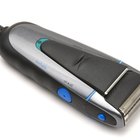
Comparison of Remington and Braun ...

How to Clean an Electric Self Shaver

How to Repair Andersen Windows

Instructions for a Panerai Luminor
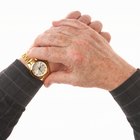
How to Identify a Seiko Watch by the ...
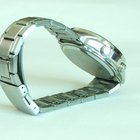
How to Replace the Back Cover on a ...

How to Prevent a Designer Purse From ...
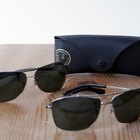
How to Tell If Ray Ban Sunglasses Are ...

How to Spot Fake Michael Kors Handbags

How to Replace Sonicare Brush Heads
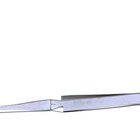
How to Reset a G Shock Watch

How do I Change the Battery in a Pierre ...

How to Identify a Counterfeit Gucci ...

How to Identify Authentic Christian ...

How Do I Hang a Wreath on a Tombstone?
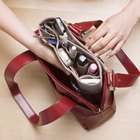
How to Spot Kathy Van Zeeland Fakes
References
Tips
- Purchase key identifiers, which are colored vinyl sleeves that fit over the key head, to avoid future identification problems. Marking keys with a permanent colored marker can also help identify keys.
Writer Bio
Karen Nehama is a former chef and restaurant manager, currently serving as editor of a food review and recipe website. With expertise as a youth adviser, she is also a consultant for a teen advice column.